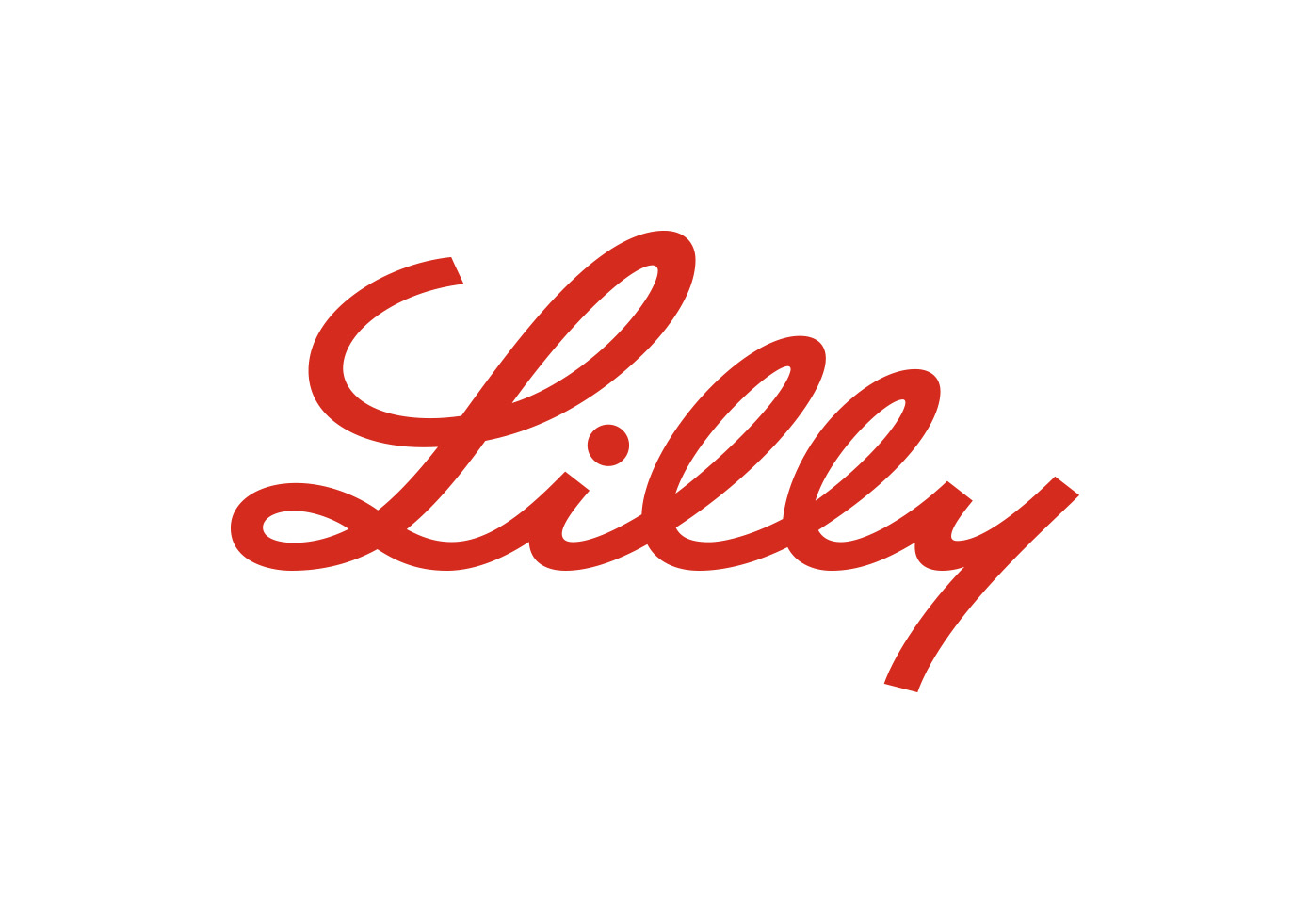HEALTH INSURANCE
GLOSSARY OF COMMON TERMS
Access:
The availability of medical care. The quality of one's access to medical care is determined by location, transportation options, and the type of medical care facilities available in the area, etc.
Accumulation Period:
The period of time during which an insured person incurs eligible medical expenses toward the satisfaction of a deductible.
Actual Charge:
The actual dollar amount charged by a physician or other provider for medical services rendered, as distinguished from the allowable charge.
Allowable Charge (Maximum Allowable):
Also referred to as the Allowed Amount, Approved Charge or Maximum Allowable. See also, Usual, Customary and Reasonable Charge. This is the dollar amount typically considered payment-in-full by an insurance company and an associated network of healthcare providers. The Allowable Charge is typically a discounted rate rather than the actual charge. Here’s an example: You have just visited your doctor for an earache. The total charge for the visit comes to $100. If the doctor is a member of your health insurance company's network of providers, he or she may be required to accept $80 as payment in full for the visit - this is the Allowable Charge. Your health insurance company will pay all or a portion of the remaining $80, minus any co-payment or deductible that you may owe. The remaining $20 is considered provider write-off. You cannot be billed for this provider write-off. However, if the doctor you visit is not a network provider then you may be held responsible for everything that your health insurance company will not pay, up to the full charge of $100.
Ancillary Fee:
An extra fee sometimes associated with obtaining prescription drugs which are not listed on a health insurance plan's formulary of covered medications.
Ancillary Services:
Supplemental healthcare services such as laboratory work, x-rays or physical therapy that are provided in conjunction with medical or hospital care.
Assignment of Benefits:
The payment of health insurance benefits to a healthcare provider rather than directly to the member of a health insurance plan.
Benefit Level:
The maximum amount a health insurance company agrees to pay for a specific covered benefit.
Benefit Year:
The annual cycle in which a health insurance plan operates. At the beginning of your benefit year, the health insurance company may alter plan benefits and update rates. Some benefit years follow the calendar year, renewing in January, whereas others may renew in late summer or fall.
Benefit:
A general term referring to any service (such as an office visit, laboratory test, surgical procedure, etc.) or supply (such as prescription drugs, durable medical equipment, etc.) covered by a health insurance plan in the normal course of a patient's healthcare.
Claim:
A bill for medical services rendered, typically submitted to the insurance company by a healthcare provider.
Co-insurance:
The amount that you are obliged to pay for covered medical services after you've satisfied any co-payment or deductible required by your health insurance plan. Coinsurance is typically expressed as a percentage of the charge or allowable charge for a service rendered by a healthcare provider. For example, if your insurance company covers 80% of the allowable charge for a specific service, you may be required to cover the remaining 20% as coinsurance.
Co-payment:
A specific, fixed amount that your health insurance plan may require that you pay for a specific medical service or supply, also referred to as a "co-pay." For example, your health insurance plan may require a $15 co-payment for an office visit or brand-name prescription drug, after which the insurance company often pays the remainder of the charges.
Deductible:
A specific dollar amount that your health insurance company may require that you pay out-of-pocket each year before your health insurance plan begins to make payments for claims. Not all health insurance plans require a deductible. As a general rule (though there are many exceptions), HMO plans typically do not require a deductible, while most Indemnity and PPO plans do. Explanation of Benefits (EOB): A statement sent from the health insurance company to a member listing services that were billed by a healthcare provider, how those charges were processed, and the total amount of patient responsibility for the claim.
Drug Formulary:
A list of prescription medications selected for coverage under a health insurance plan. Drugs may be included on a drug formulary based upon their effectiveness, safety and cost-effectiveness. Some health insurance plans may require that patients obtain preauthorization before non-formulary drugs are covered. Other health insurance plans may require that a patient pay a greater share or all of the cost involved in obtaining a non-formulary prescription.
Durable Medical Equipment (DME):
Medical equipment used in the course of treatment or home care for everyday or extended use, including such items as crutches, knee braces, wheelchairs, hospital beds, prostheses, blood testing strips for diabetes, etc. Coverage levels for DME often differ from coverage levels for office visits and other medical services.

